Torm
History
When Torm was first surveyed in 2378, many believed its only use would be supplying ice and preserved fish to other systems. Explorer Taiseer Udinn then suggested using the gigantic zaratan to hold their cities. Miles across at adulthood, the zaratan coast the water’s surface most of their lives with their tough shells open to the sky. They dive just once a decade to mate and occasionally during particularly bad storms.It took teams of engineers, physicists, zoologists, and biologists to construct the cities safely. Some early attempts went poorly, and despite safety measures, the first dive cost lives. Many histories state the first city, founded in 2416, was named Leviathan. That is inaccurate. To remind people they're on a living creature, the names are for the zaratan, not the cities. Therefore, it’s more accurate to say the first city was on a zaratan named Leviathan, who still lives today.
Geography
Only occasional small islands dot the surface on occasion, depending on tides and underwater volcanic activity. Due to the volcanoes, it’s possible the planet will see land on it someday. For now, the ice at the poles is as close as it gets. Eternal ocean may seem uninspiring landscape, but the true marvels are beneath the surface. Whether its the coral in the shallower areas or the seas of colorful algae that provide the planet’s oxygen, one need only look into the depths to find something fascinating.Survival
Each city is a marvel of engineering that many citizens take for granted. Inertia dampeners prevent the ocean movement from causing motion sickness in inhabitants, or excessive sway in larger buildings. Yet even the most advanced dampeners can only support buildings up to about ten stories, prohibiting too much verticality in Tormian architecture. Gravitic stabilizers ensure buildings and people remain secured to the zaratan's shell, even in worst storms.The most intensive equipment on these cities, however, is the shield emitter. Though the zaratan remain on the surface most of the time, they dive during The Joining and during exceptionally bad storms. Without the shield emitter, any city on the creature's back would be swept away and destroyed. The shield creates a protective dome around the city, triggered instantly by sea level sensors on the underside of the zaratan's shell.
Culture
The dense living situations combined with restricted population growth has instilled in Tormians a close sense of family and belongingness. A standard Tormian household is 2-6 people, often spanning three generations as grandparents help with childcare or adult children help with their parents' end-of-life needs. Unmarried or childless Tormians often share living space with close friends and other life partners. Marriage and other unions have high importance because of this, as they are ways to bind two or more families together. Joint weddings are common, and groups may pool funds to hire bands, artists, caterers, and other entertainment. Large weddings are often open to the public, so anyone may join in the celebration.Everyone living on Torm sees their host zaratan as a member of their family, in need of care as much as any human. While the zaratan carries their city, they must take care of the zaratan - keeping them clean, ensuring they're healthy and well fed, and keeping predators away from vulnerable flippers and hatchlings yet unable to defend themselves. Much of this mindset is described by the planet's main religion, Ahl-amaqism.
Timeline
2378
Planet first surveyed
2416
First city founded on Leviathan
2665
City aboard Cetus suffers irrepairable damage in the Scream
3073
Torm joins the Protectorate alliance
Included Organizations
Characters in Location
Related Tradition (Primary)
Inhabiting Species
Author Commentary
InspirationThe way cities work on this planet was partially inspired from the video for "From Finner", a song by Of Monsters and Men.






Comments